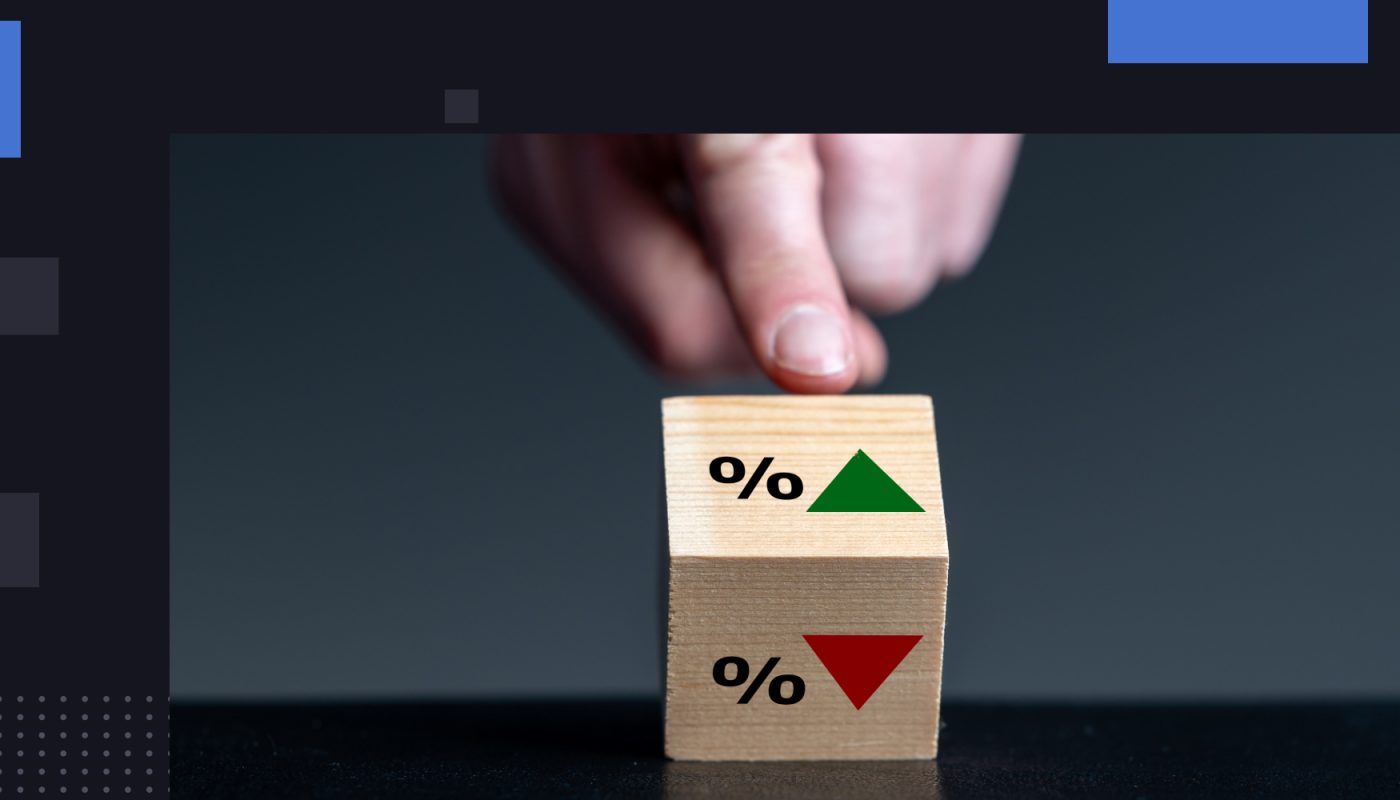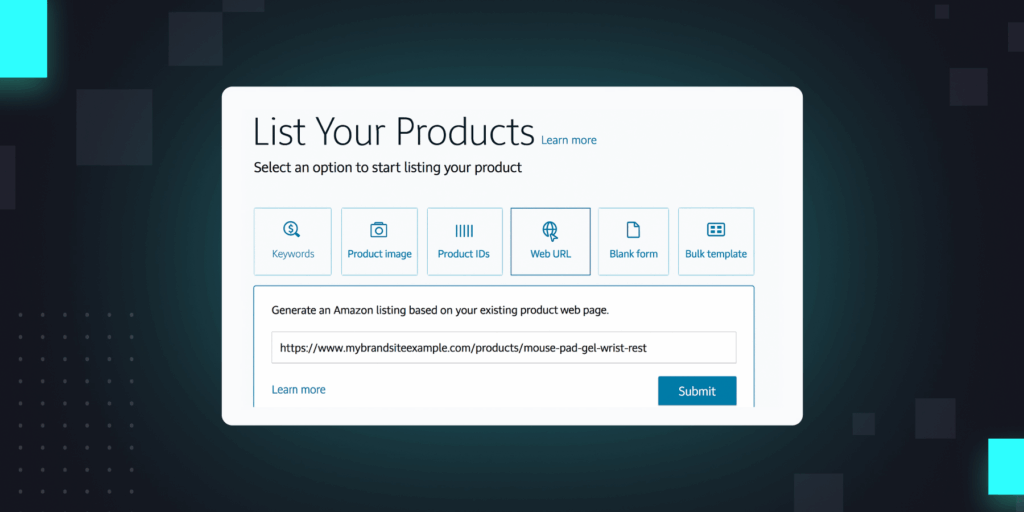It’s no secret that we are in an industry-wide profitability crunch. As recent conferences like Prosper Show have made clear, figuring out how to spend smartly is the biggest concern facing brands right now.
The problem is, it’s not easy to snap your fingers and make your spending more efficient. Or, frankly, it’s not easy to figure out where your spending is inefficient in the first place.
That’s why we had Aisha Khan, VP of Strategy & Insights at Momentum Commerce, on a recent episode of Intentwise Connect. In her 10+ years in the business, Khan has worked on both the brand side and on the agency side, and she knows how to harness data and insights to improve brand performance—including on the question of profitability.

Here are some of the key takeaways from the episode:
#1. Streamline your supply chain
Right now, a lot of brands are focused on improving their supply chain. As they march toward profitability, many are consolidating their suppliers or re-negotiating the costs of shipping and producing goods.
Brands are also changing who they do business with. They are finding suppliers who have shorter lead times, for example, or who are based domestically, so that there isn’t the need to transport goods long distances.
#2. Stay on top of refunds
Refunds are a surprisingly large source of loss for brands—but many brands don’t focus on them.
“It’s easy to say refunds are refunds and we can’t control it,” Khan told us on Intentwise Connect. But actually, Khan said, brands have a lot of tools at their disposal.
You can look at reviews, for instance, and ask yourself: What are the most common complaints? Are there ways to solve them? Often, brands can begin to make marginal dents in their refund rates by fixing the content on their PDPs or tweaking their products.
#3. Don’t sleep on your advertising KPIs
It’s an obvious point, but an important one: You need to have a good grasp on which of your ads are driving conversions, and which are not.
You don’t want to waste critical marketing dollars on poor-performing campaigns just because you don’t have good data on which ones are working.
If you want to grow your business without overspending, prioritizing ad campaigns that overperform on your metrics—such as ACoS, New-To-Brand, and so on—is critical.
#4. Layer on Life-Time Value metrics
As you optimize your ad campaigns, you should also consider how much each new customer is worth to you. Who are likely to be the big spenders, long term? Calculating the Life-Time Value (LTV) of groups of customers can help.
If you know one group of customers has an estimated LTV of $200 per year, you will probably want to spend more advertising to them than to a group that has an estimated LTV of $50 per year.
As Khan notes, tracking these metrics is easier than ever with Amazon Marketing Cloud. You can calculate LTV even on a keyword level: Which of your campaigns are hitting customers who would have purchased from you anyway, versus which are driving new, incremental purchasers?
#5. Build a true view of your P&L
Here’s the thing: You can’t actually maximize your profitability if you don’t know your profitability numbers. Which products are your most profitable? Which are the least?
These metrics are surprisingly hard to get from Amazon and Walmart. You have to manually download and join a series of disparate tables.
It’s a pain, and it takes a long time. Khan said that most brands take at least 30 days to understand their profitability numbers, if not longer.
Combining those varied data sources into a single, true view of your profits & losses is a critical first step toward achieving profitability.
Ideally, you want to create a profitability view on the ASIN-level, so you can see where you are performing best. Tools like Intentwise Analytics Cloud make connecting and visualizing this data easy.
Want to learn more about mastering profitability? Listen to the full podcast with Aisha Khan and our CEO, Sreenath Reddy.







